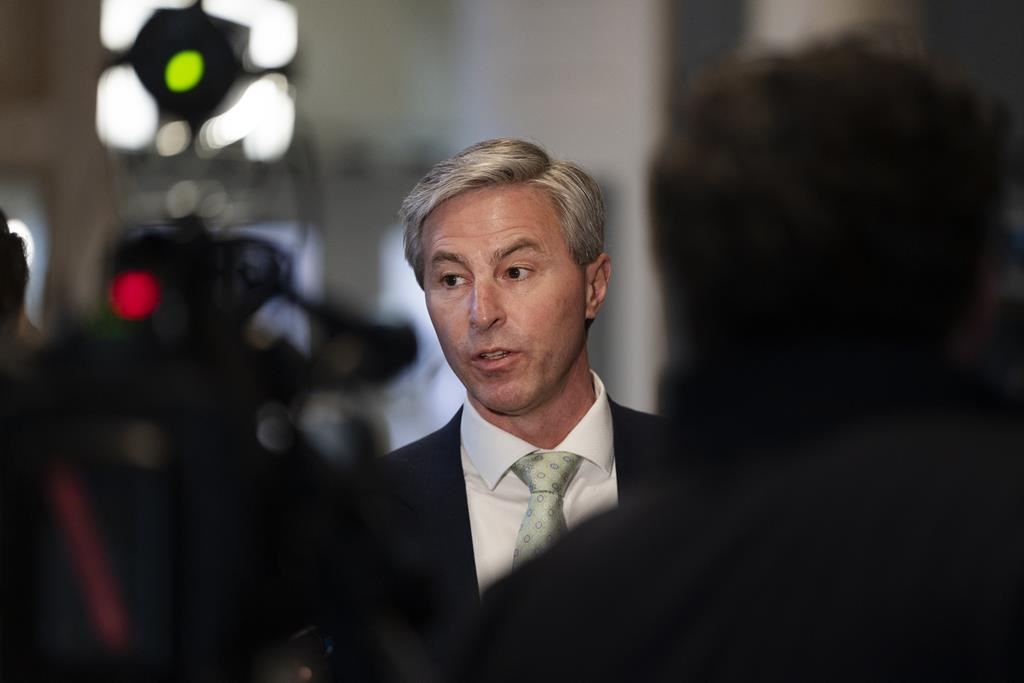Avon Products net income drops 81 per cent in 3Q, co. slashes dividend
Posted Nov 1, 2012 03:31:35 PM.
This article is more than 5 years old.
NEW YORK, N.Y. – Direct beauty products seller Avon Products said Thursday its third-quarter net income fell 81 per cent, hurt by the stronger dollar and an impairment charge. The company also slashed its dividend as it works on a turnaround.
Avon, whose products include Skin So Soft lotion and Mark makeup, has struggled for years to turn around results at home and in emerging markets.
CEO Sheri McCoy, brought on in April to replace longtime CEO Andrea Jung, called the results disappointing and said improvement will take time.
“I recognize you would like to hear me present a magic bullet or a quick fix, but our business is complex,” McCoy said during a call with analysts. “The challenges Avon is facing developed over time, not overnight, and the solutions will take time as well.”
The beauty products company reported net income fell to $31.6 million, or 7 cents per share, for the July-September period from $164.2 million, or 38 cents per share, a year ago. Excluding an impairment charge. It earned 17 cents per share. Analysts expected earnings of 22 cents per share, according to FactSet.
Revenue fell 8 per cent to $2.55 billion from $2.71 billion a year ago. Analysts expected $2.58 billion.
In North America, revenue fell 6 per cent as the company enlisted fewer direct sellers and a 10 per cent drop in units sold.
Revenue from Latin America fell 6 per cent to $1.27 billion, hurt by a 19 per cent decline in Brazil due to the stronger dollar, which lessens the value of overseas sales.
Revenue from Europe, the Middle East and Africa fell 11 per cent to $620.7 million, hurt by lower average orders. In Asia Pacific, revenue fell 8 per cent to $215.7 million.
Avon said it plans to cut costs to save $400 million in three years. It cut its quarterly dividend to 6 cents from 23 cents. The dividend is payable on Dec. 3 to shareholders of record as of Nov. 15.
Avon’s long term goal is for revenue to increase in the mid-single digit percentage range, excluding the effect of currency fluctuations.
In a filing with the SEC, Avon gave an update on its long-running bribery probe. The problems began in 2008, when it started to investigate possible bribery in China related to travel, entertainment and other expenses, and soon widened the probe to other countries, with the Securities and Exchange Commission and Justice Department getting involved.
In September, the SEC decided it wouldn’t recommend any action against the company over whether Avon contacted analysts inappropriately during a separate bribery investigation. But Avon still faces wider probes about possible bribery in China and other countries.
In the SEC filing on Thursday , Avon said discussions with the SEC and DOJ are continuing, but said there was no guarantee of a settlement and there is no way to predict what impact a settlement would have on the company if one is reached.
Still the company said based on its most recent talks with the agencies, “the company believes that it is probable that the company will incur a loss related to the government investigations,” Avon said in the filing. “We are unable to reasonably estimate the amount or range of such loss; however, such loss could be material.”
Citi Investment Research analyst Wendy Nicholson said she expected the dividend cut, but she hoped the cut would come along with news of a settlement that would be paid for with the cash savings from the dividend cut.
“While we are disappointed that there is no real news today regarding the timing of a settlement of (the bribery probe), we are nonetheless happy that at least this piece of ‘bad news’ regarding the dividend is now out and over with,” Nicholson wrote in a note.
Founded in 1886, Avon became a fixture in households across the United States as its legions of “Avon ladies” went door to door selling makeup to family, friends and acquaintances.
Today, the company markets to women in more than 100 countries via 6 million independent sellers.
Shares rose 17 cents to $15.65 in afternoon trading. Its shares hit a 52-week low of $14.45 in early August. They rose as high as $23.58 in April.










